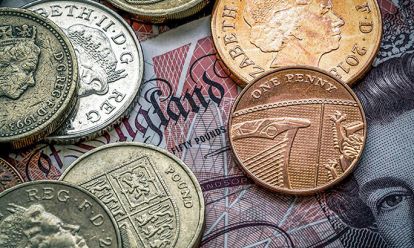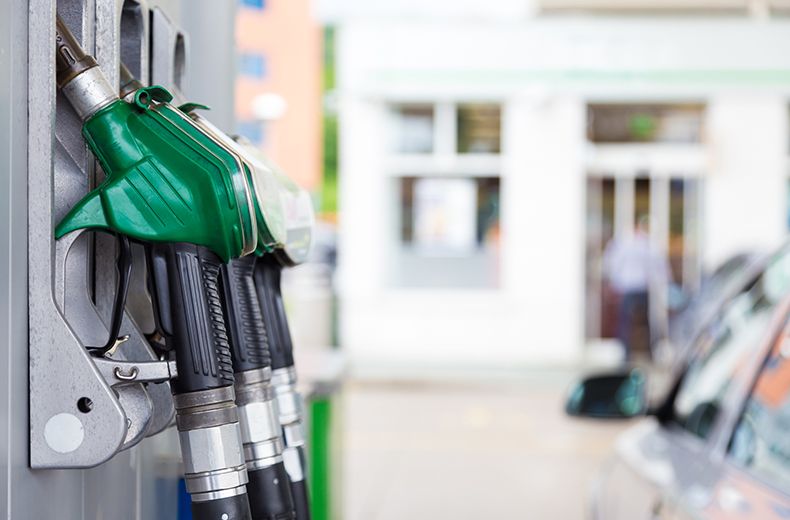The government estimates this could help reduce CO2 emissions by around 750,000 tonnes per year – the equivalent of taking 350,000 cars off the road, the RAC finds.
E10 – already used in European countries like France, Germany and Finland – contains up to 5% more bioethanol, which is produced from corn, sugar cane and paper production.
The petrol is being introduced as a greener alternative, in keeping with the government’s plans to distribute petrol that emits less CO2 and slow down climate change.
Most petrol cars built after the early 2000s will be compatible with the new fuel. However, roughly 600,000 cars on UK roads won’t be.
Those with non-compliant cars are being urged to avoid using E10 fuel, though the RAC reassures drivers that they "don't need to panic” if it is used accidentally, as it can be rectified.
Classic cars, albeit a small minority, are among those advised to steer clear of the new fuel. Some of the other most popular middle-aged vehicles that will not be compatible with the new fuel include older Nissan Micras, Mazda MX-5s and Ford Escorts.
Drivers should check if their vehicles can run on E10 petrol with the government’s E10 fuel compatibility checker.
Ethanol is a solvent, which means – in some cases – it can cause damage to rubber and plastic components in cars that aren’t intended to use it.
It is also a hygroscopic, which means it absorbs water from the atmosphere, leading to condensation in fuel tanks if the car remains unused for long periods of time. This has the potential to lead to corrosion in the tank and carburettor components.

RAC sale – up to 33% off*
• Roadside cover from £5.29 a month†
• We get to most breakdowns in 60 mins or less
• Our patrols fix 4/5 breakdowns on the spot

The government says E5 should still be available for some time in most filling stations but it will be a premium, more expensive fuel. It’s possible some smaller, more rural petrol stations might choose to no longer stock it, however.
E10 should not cost drivers much more than E5 does now, but with E5 only being available in the premium grade, drivers that need to fill up with E5 fuel can expect to pay 12p per litre more than the standard grade.
Drivers are being advised to check if their vehicles can run on E10 petrol with the government’s E10 fuel compatibility checker.
- What is E10 fuel and how will it affect you?
- What to do after putting the wrong fuel in your car
- What is the best fuel for my car? The definitive guide to different fuel types
RAC fuel spokesman Simon Williams said: “With the price of petrol at its highest for eight years, those drivers who have no choice but to use super unleaded E5 petrol will be paying through the nose, as it’s averaging around 147p a litre – that’s 12p more expensive than the current UK average for standard unleaded.
“This will quickly mount up for anyone who has to drive a lot of miles to get to work every week. It’s also probably the case that many of those driving older cars will already be from lower income backgrounds, so they will end up being even worse off.
“And those with E10 compatible cars will unfortunately find they are getting fewer miles to the gallon as the fuel is less efficient than E5 fuel, due to it containing 5% more ethanol.
“Owners of classic cars need to be particularly careful not to accidentally fill up with E10 and then leave it sat in the tank for long periods, as this will likely lead to expensive damaged seals, plastics and metals.
“But people who fill up a non-compliant car with E10 don’t need to panic. They shouldn’t suffer any lasting damage to their vehicle as long as they put the correct fuel in as soon as possible – when around a third to half the tank is used. While using up the fuel they may, however, experience a little poor cold starting and rough running.”
Get 30 driving tips that will save you money
Running a car isn’t cheap, but there are some easy things you can do to keep your costs down. Get these tips and more useful driving articles sent straight to your inbox now.















